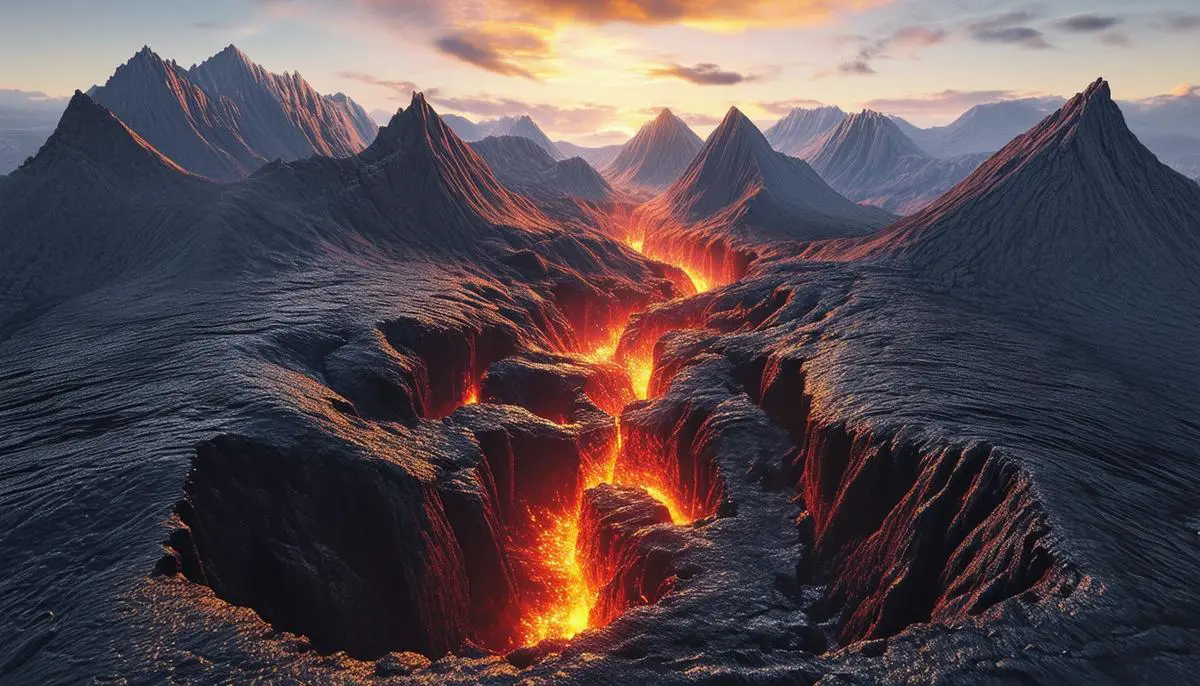Tectonic Plate Interactions
Tectonic plate boundaries, the immense interfaces beneath Earth's surface, are hotbeds of geological activity influencing mountain formation. At convergent boundaries, where two plates collide, the scene usually leads to the dramatic uplift known as fold mountains. These giants of nature, like the Himalayas or the Andes, rise as the crust buckles under the incredible pressure when neither plate can sink beneath the other and they have no option but to crumple upwards.
At divergent boundaries, plates slowly drift apart. This gradual parting creates rift valleys, characterized by their steep walls and wide, flat floors. The process is exemplified by continental rifts such as the Great Rift Valley in Africa, which is expected to spawn new ocean basins as Africa continues to slowly split into smaller continents.
Transform boundaries occur where plates grind past one another laterally. While not famous for creating heights like the others, they actively participate in forming linear valleys and paired mountains through a complex series of fault actions, with the renowned San Andreas Fault as a classic example.
The drama intensifies when subduction—an act where one plate is thrust under another—comes into play. This has accounted for the towering might of volcanic mountains like Mount Fuji and has sparked chain reactions of igneous activity that give volcanoes their fiery reputation.
Collision processes, evident in the world's mountain ranges, enrich our geography, heralding events where massive landmasses sustain coordinated collision courses resulting in uplift that sketches an impressive array of middle elevations such as those found in the Appalachian mountains.
This array of interactions collectively paints the Earth's surface, showing intricate connections between deep earth dynamics and stately natural towers that shadow over rivers, forests, and civilizations. Through this continuous push and pull, grind and slide, our planet ensures no mountain nor valley is ever in permanent repose, adorning our maps with changing contours and elevations.
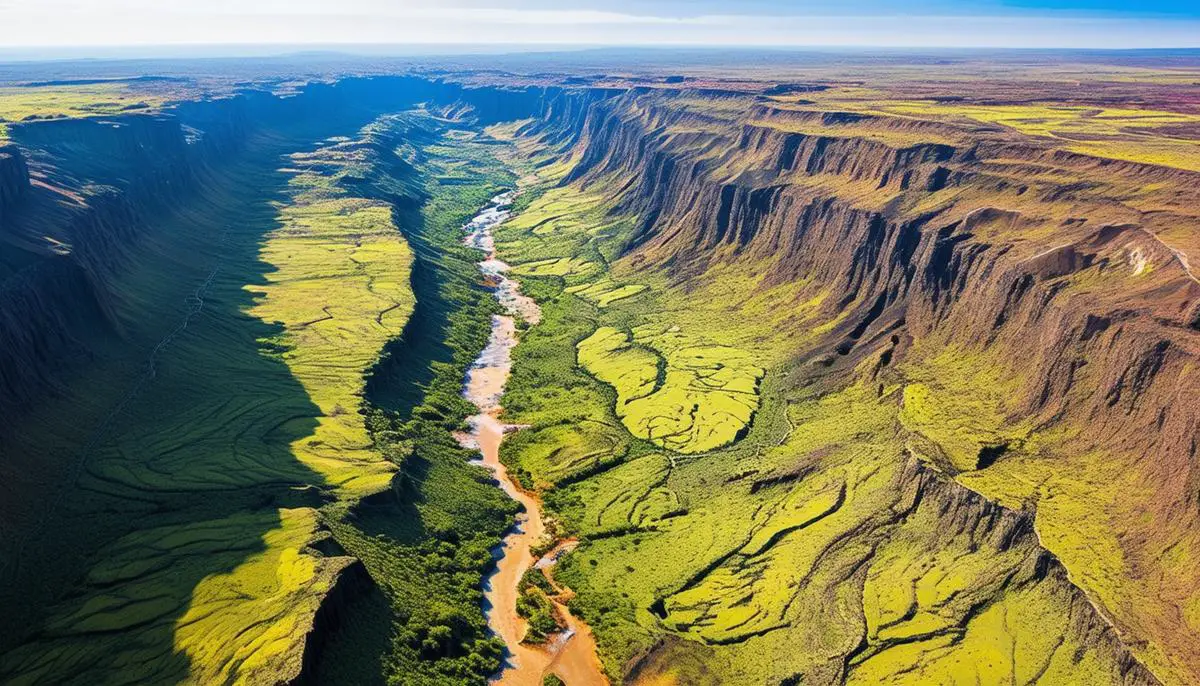
Volcanic Activity and Mountains
Volcanism drives some of the most iconic and dynamic mountain formations on our planet. Volcanic mountains come into existence when magma from within Earth's mantle ascends to the crust, erupting onto the surface—a powerful testament to the vibrant inferno beneath our feet. This magmatic journey is notably observed at convergent plate boundaries, where the subduction of one plate beneath another heats and melts overlying rocks to form magma, which eventually punctures the surface.
Distinguished by their fiery origin, two primary types of volcanic mountains share the spotlight:
- Stratovolcanoes: Epitomized by Mount St. Helens in the USA and Mount Fuji in Japan, these towers into the skyline with a steep, conical form sculpted from layers of hardened lava, volcanic ash, and tephra. These eruptions punctuate the histories of these mountains, altering landscapes within moments and persisting in the memory of civilization as both magnificent and devastating forces of nature.
- Shield volcanoes: Such as Mauna Loa and Mauna Kea in Hawaii, these present a gentler incline fashioned by the fluidity of their basaltic lava flows that stretch for wide distances. The nature of their eruptions tends to be less explosive, giving rise to the broad, gently sloping profiles that resemble a warrior's shield lying on the ground. The expansiveness of these volcanic behemoths is humbling, their mass a quiet reminder of the persistent power of Earth's internal energies.
To comprehend volcanic island chains such as Hawaii, we delve into the phenomenon of hotspots – hotter regions of the mantle that stand as anomalies in a relatively cooler environment. As tectonic plates shift over these stationary heat sources, a series of volcanic mountains emerges along the plate trajectory. The islands of Hawaii offer a captivating narrative in this respect: formed over the stationary hotspot under the Pacific Plate, each island records a phase in the geological chronicle corresponding to its position over the plume. Movements of the plate over millions of years have left ancient, inactive volcanoes submerged beneath the sea surface northwestward, while vibrant volcanoes represent the newest ground on Earth to the southeast.
These natural volcanic spectacles embody an ongoing dialogue between constructive and destructive terrestrial forces that shape not merely the physical frontiers of our world but also crucial aspects of our environmental interactions and cultural histories. Volcanoes illuminate the transformative nature at the heart of our planet's geological theatrics—roles championed by firebearers shaping the vistas of landscapes and elevating our understanding of Earth's intricate system. In this light, mountains stand not solely as symbols of static majesty but as dynamic sculptures ceaselessly etched by Earth's restive spirit.
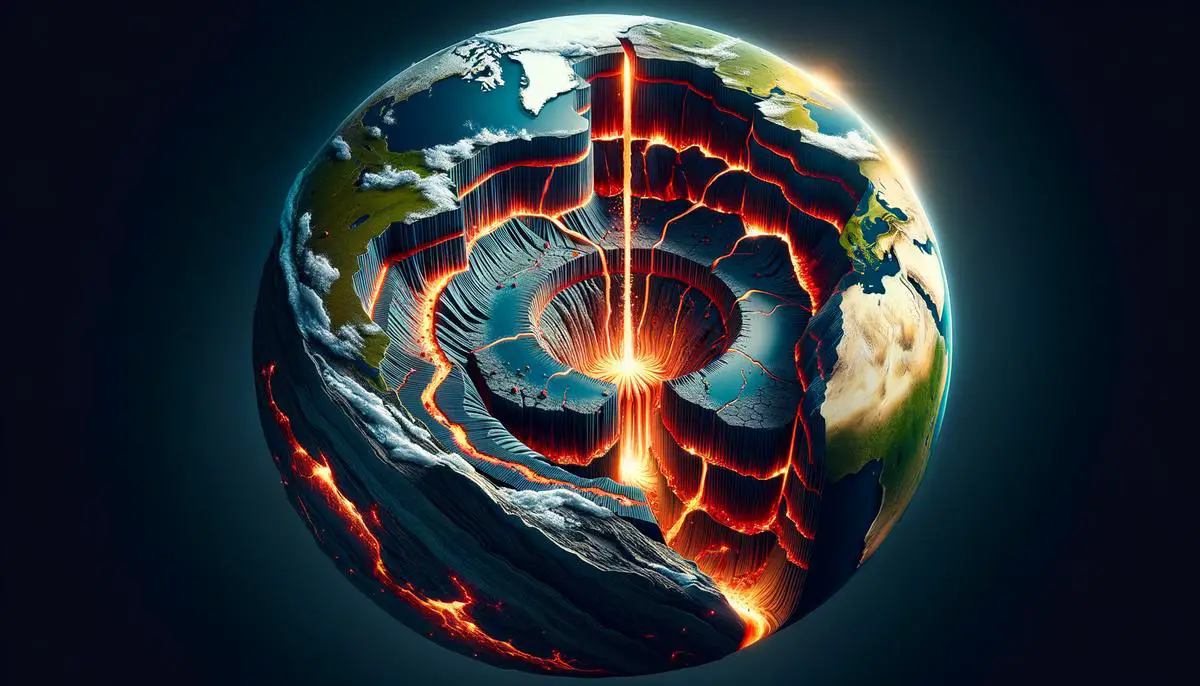
Erosion and Mountain Evolution
Weathering, erosion, and deposition are the grand sculptors of the mountainous landscapes we so often revere. After the tumultuous birthing processes of uplift and eruptions settle, these quieter, yet insistent forces take the lead, crafting the intricate details and overall form that define mountain ranges over eons.
Weathering initiates this geologic artistry. Chemical, physical, and biological weathering processes gradually break down the rocks on mountain surfaces. Chemical weathering occurs as mineral compositions in rocks are altered by interactions with air and water, transforming strong rocks into less cohesive materials. Physical weathering, facilitated by temperature changes and frost action, cracks and splinters rock further. Meanwhile, biological weathering leverages the gentle touch of plant roots and lichen growth, which can force apart even robust rocks. The combination of these processes results not just in the breakdown of rock but also in the creation of new soil materials, fostering the distinctive environments sharp alpine landscapes portray.
Once these materials are unbound through weathering, erosion comes into play, continually reshaping large swathes of the mountain's profile. The primary tools of erosion are water, wind, and ice. Water, particularly through river action, carves deep, winding valleys and sharp canyons. Snowmelt and glaciers grind out vast U-shaped valleys and cirques, leaving behind textured patterns evident in mountain ranges such as the Rockies or the Alps. Wind, though more subtle, plays its role too, sweeping away finer materials and smoothing surfaces that eventually interrupt even the sharpness of youthful mountain forms.
Another noteworthy collaborator in this landscape transformation is gravity itself, which perpetuates mass wasting and landslides, thrusting accumulated weathering products downwards from higher slopes to lower landscapes. This relentless descent further molds mountain aesthetics while distributing materials across different zones of the mountain environment.
Deposition comes as the final act in this cycle, laying down eroded materials into new regions where mountains gradually degrade their own colossal forms. Sediments are carried far and wide – sometimes to the nearest lake beds along mountain bases or as far afield as distant ocean floors. Over countless generations, these depository acts render majestic mountains into softer hills and even flat plains, signifying the immense passage of geological time.
Throughout these vastly different periods marked on geological timelines, mountains gradually transmigrate from jagged peaks brandishing their height against the sky into rolling old age; their once mighty ridgelines softened by erosion's irrevocable lullaby. Thus, every existing mountain range exemplifies its current stage in the lifecycle created by tectonic activities and also showcases a picturesque narrative of what time coupled with elemental interactions can achieve.
In understanding these processes altogether, an appreciation develops not solely for the spectacular intervention of dramatic movements beneath Earth's surface but for a more enduring dialogue spanning millions of years. This eternal exchange sculpts peaks and valleys that captivate us and profoundly impacts biospheres and the cycling of Earth's materials.
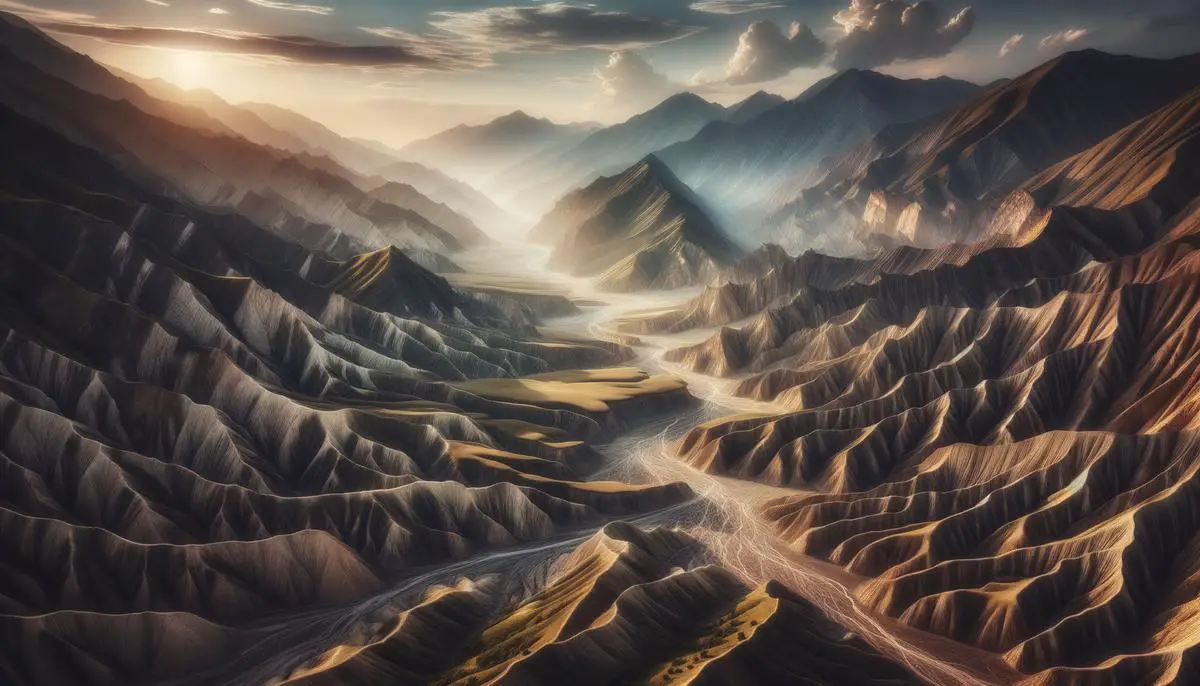
Innovative Research in Mountain Formation
In a recent leap forward in our understanding of mountain building, innovative studies are casting light on the intricate roles that deeper mantle processes play, challenging long-standing ideas of how these majestic structures form. Particularly, the groundbreaking research conducted in southern Italy provides vivid insights, suggesting that what happens deep within Earth's interior might hold significant sway over the terrestrial phenomena above.
Traditionally, mountains were thought to primarily result from tectonic plates crunching and crumpling together – a process easily visualized like the bunching up of a rug pushed against a wall. The deepest mechanisms were generally considered as supporting actors in this geomorphic drama. This older perspective began to shift as the extensive study led by Professor Sean Gallen's team at Colorado State University unveiled surprising results indicating that factors beyond simple crustal interactions need consideration.
The striking findings emerged from a detailed dissection of Calabria's tectonic setting, a region notoriously active due to the subductive interaction between the Eurasian and African plates. Applying a powerful synthesis of geological and technologically advanced methods, from thermochronology to modeling of landscape evolution over millennial scales, the scientists crafted a story that defies traditional geomechanical understanding. Evidently captured landscape features that traced periods of rock uplift did not correlate with periods of intense subductive thrusting as previously believed.
Instead, these unpredictable patterns in rock uplift history lean on a tantalizing narrative: the descent and alteration patterns of the tectonic plates traversing the deeper mantle regions seem to outmatch surface crumpling in their effects on mountainous architecture. The narrative leads away from a crust-centric focus to an enigmatic deep mantle narrative, suggesting enormous blobs of subsurface material flowing and adapting in ways that significantly impact surface orography.
Such unconventional insights challenge established geoscientific notions and inspire new discussions and debates about the profound interconnectedness of deep Earth processes and surface geological phenomena. This research magnifies the complexity of our planet's dynamic internal life and urges the scientific community to redirect some of its probing eyes to these profound subterranean orchestrations.
The implications of these revelations are substantial; they call for adaptation in how geoscientists model mountain formation and predict geological features across Earth's lands. As mountain ranges are crucial for biodiversity, climate patterns, and human societies, understanding their true genesis and evolution at all depths becomes an assignment of considerable, immediate relevance. With tools and interdisciplinary methods improving, the path is set for a progressively deeper understanding of our planet's shifting façade, inspired by investigations such as those unfolding in the dramatic landscapes of southern Italy.
This is a pivotal moment in Earth sciences, bridged by an ongoing commitment to unraveling Earth's deepest secrets, which often, as shown, lift quite literally to the highest peaks of human curiosity and marvel.
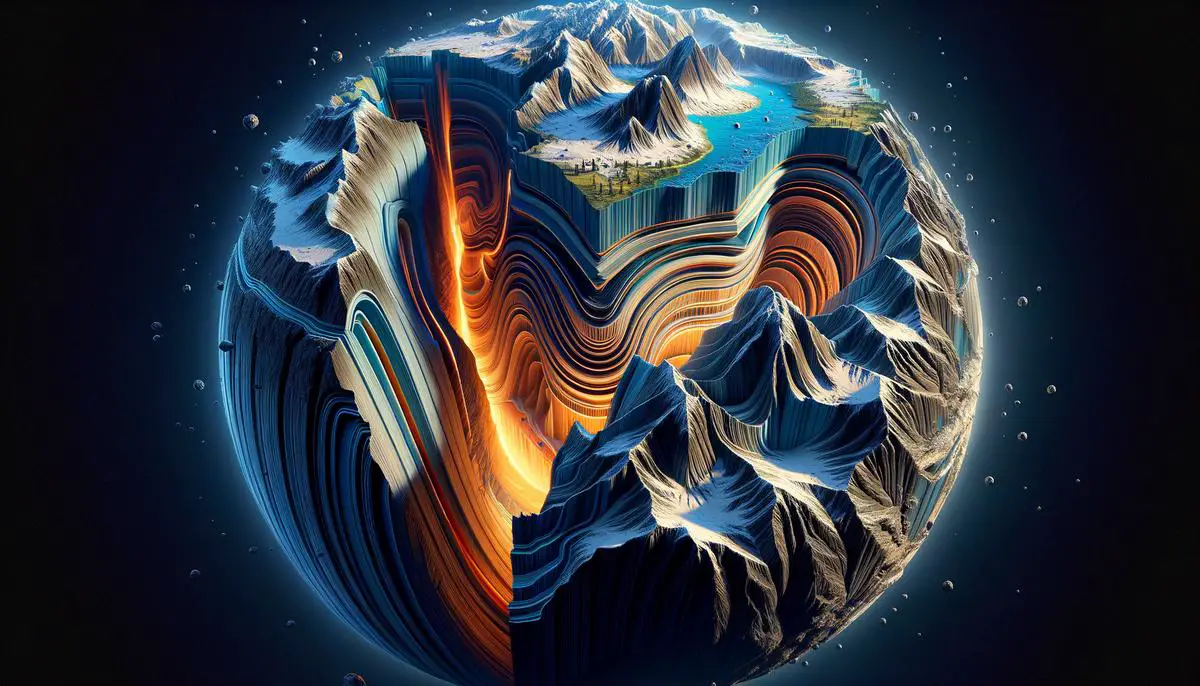
In the grand tapestry of geological sciences, the study of mountain formation stands out for its ability to link deep Earth processes with dramatic surface transformations. The insights gained from innovative research deepen our understanding of these majestic structures and enhance our ability to predict and adapt to the environmental challenges they present. As such, mountains continue to be a central focus in our ongoing quest to comprehend the complex dynamics of Earth's systems.
- Gallen SF, Wegmann KW, Bohnenstiehl DR. Miocene rejuvenation of topographic relief in the southern Appalachians. GSA Today. 2013;23(2):4-10.
- Faccenna C, Becker TW, Auer L, et al. Mantle dynamics in the Mediterranean. Rev Geophys. 2014;52(3):283-332.
- Montgomery DR. Erosional processes at an abrupt river knickpoint: Implications for fluvial landscape evolution and interpretation of geomorphic markers. Geosphere. 2020;16(1):260-278.
![]()
